|
Sometimes you need to leave work before the sun sets. Luckily, our new Canadian friends taught us how to play Crokinole, and it is super fun! 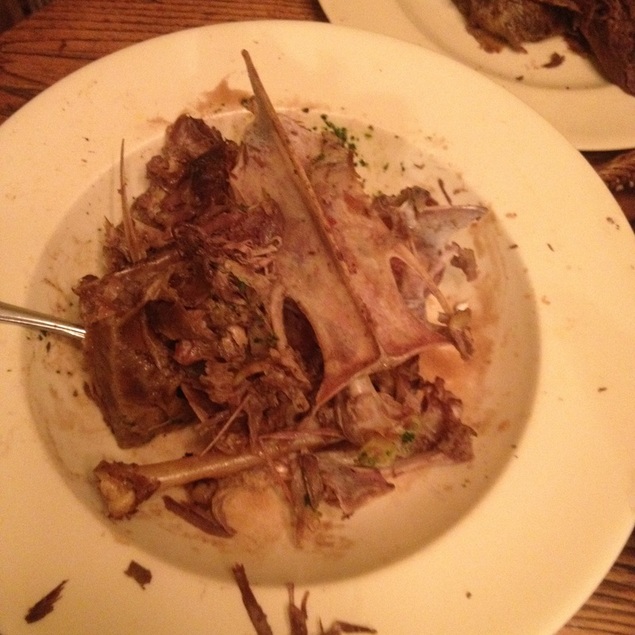 Tasty Mallard  It isn't a real party until there is a blow dart competition. Bathroom art is important. The Cayuga trail blazes are works of art. Below, old and new beaver sign. There is nothing for scale, but that Cottonwood is one of the largest I've seen. A stop at our local brewery, Hopshire, for some sunset behind oak. Sunday brunch at Classic Chef's in Watkins Glen before some chilly, but sunny hiking. This place was amazing!!! There were people eating old school tall dish sundays, rice pudding, BLTs and dressed up! The lady behind us had definitely had her hair done and her most exquisite clip on earrings adorning her ears. It was like a little time capsule with perfect home fries, golden glittered formica tables and chunky white coffee mugs. I love diners! You can even see a waterfall from the diner! Check out these sweet bathroom tiles! Below is a hike in Watkins Glen State Park. The lower trail is closed due to its state of ice, but the upper trail had great views, hemlock, sunshine, flocks of birds, and we finished up at an area with a lot of cattail and a hemlock hammock tree. It was a grand adventure. And then, the Superbowl, biologist style, with a a little hedgehog friend at half time.
7 Comments
A Thanksgiving walk at Wright-Locke Farm and over through Whipple Hill was a nice way to focus on gratitude. We were able to meander around various ponds and wetlands and even spotted some beautiful Hooded mergansers. I just realized that these ducks nest in cavities in trees like Wood ducks and that they are also known to put their eggs in the nests of other Hooded merganser nests. This nice little chunk of nature sure is an oasis for people seeking glimpses of wild. There were lots of bird nests (many of which had pieces of plastic woven in), a White-throated sparrow practicing a very rusty song, alders, oaks and their various acorns, beeches, beautiful signs of herbivory like lace on oak leaves, and ice chunks reflecting the blue sky. Though, I did take my nice camera to Boston, I forgot it on both walks, so these are just iphone shots. We spent Black Friday at Castle Island where we found an adorable little flock of Dunlin and I got some sea water mist on my face, which is important to do as often as possible. Oh, hey there December. You have arrived. I am at home today working on final wedding thank you cards, processing (hopefully) the last of the apples and working on some other projects. I knew it was going to be rainy today, but it has felt like dusk since about 1pm today. I have all the lights on in the living room and it still feels so dark. We knew that we were headed to Ithaca for a year before we actually moved here and everyone warned us about the GRA(E)Y. After so many years west of the 100th meridian and in the blue sky air of the west, I became someone who is very much solar powered. I am slightly worried about this gray experiment. So far so good, but I have a feeling things will change soon. What are some tips for surviving the cold and gray? Last week I lucked upon a blue sky sunny day at Ringwood Natural area. The forest floor is now covered in fluffy beech leaves, the moss was bright, the fungus abundant and there is was one fern species green and bright that I have yet to identify. I am feeling a lot of love for this spot. The trails area blazed with red. Shelf fungus abounds on fallen logs. Then, there is some purple stuff and these golden orbs of fungus. The confetti-like seeds of the Tuiliptree Lirodendron tulipifera were falling like crazy last week and spinning down to the forest floor. Tuliptrees, which I have generally called Tulip poplars (other names include Yellow-poplar and White-polar) are the only members of their genus in North America with the other being native to Asia. They are one of the largest hardwood trees in North America and grow to be very tall and straight (often 90' with a max of 200'!!!). They are limited to the eastern United States. We are at the northern limit of their range. I have missed these trees! When I was getting ready to head into my big Kindergarten year, my parents informed the family that we would be moving to the big city of Bloomington, IN for my dad to get a Master's degree in Outdoor Education. It would be one year away from our home in rural Kentucky and we would live in a high rise apartment building named Tuliptree. It sounded like the best treehouse any 5 year old could hope for. I was only slightly dissapointed that the building wasn't ACTUALLY in a tree. The seed cone below on a bed of Tulip poplar and oak leaves.  Seeds are called samaras, which drop in the winter. Samaras are winged seeds that are distributed by the wind. You are probably familiar with the helicoptering abilities of maple samaras. Good fun. A samara stabbed into some moss by the wind. Sunshine! A warm and cozy cocoon.
 I need to be outside regularly and I don't feel like myself if I get cooped up for too long without looking at trees and smelling soil and preferably sweating a bit. I am guessing this is true for many people, but I still feel grateful that I know this fact about myself. I feel lucky that going for a walk almost always improves my outlook on a situation. In fact, my mom says that she dealt with me as people who own dogs and live in town deal with their antsy pets - they take them for walks. Walking me could vastly improve my sass and eye rolling and I was often sent on hikes with my dad. I also had pretty bad asthma as a child and was allergic to most things house related that come along with living on a floodplain. Mold and mildew left me gasping for air for a large portion of my childhood, but taking me out into the cold fresh air could sometimes help. Maybe that's why I am so attached to it. Maybe that is how I ended up with a PhD in Ecology and Evolutionary Biology; merely because I just feel better when exposed to light and dirt. At any rate, I am excited to have a new place to explore. Less than a mile from our new home is Ringwood Natural Area. I've been including the loop there on my runs and it has been teaching me so much already. I first found it a couple of weeks ago and it is crazy how quickly fall changes things. Ringwood was established in 1934 and has grown since. It is diverse in habitat types, including both oak hickory and maple-beech forest types. There is some old growth within the natural area. It is characterized by kame-morraine landscape, where glaciers shaped the landscape by melting and moving sediment as they migrated. This glacial tossing and turning created ponds and ephemeral pools, which are incredibly important to several salamander species. This American beech (Fagus grandifolia) is nestled in against a much larger maple and the brown wavy leaves now cover most of the trail and all of the reds and yellows from the maples. The American beech is the only member of the Fagus genus in the western hemisphere and only occurs in the east of the Great Plains in the United States. Prior to the Pleistocene Ice Age, they extended from the Atlantic to the Pacific. Colorful aspen and really colorful new running shoes. Snazzy colors from last week. Millipedes can roll up. That's one way to identify them. They can usually be found in leaf litter or upper layers of soil. Most species eat detritus and play an important role in breaking down leaf litter and plant matter into soil. A fun fact about diplopoda: males have modified legs called gonopods, which transfer sperm packets to females. Ground Piney is what we called this when we were growing up and we used to collect it as a Christmas decoration. In college, I learned that it is a club moss, one of the important groups of vascular plants. This species is called Diphasiastrum digitatum and is commonly called ground cedar. It can be found in disturbed areas or sometimes under pines.
|
Archives
July 2018
Categories
All
|



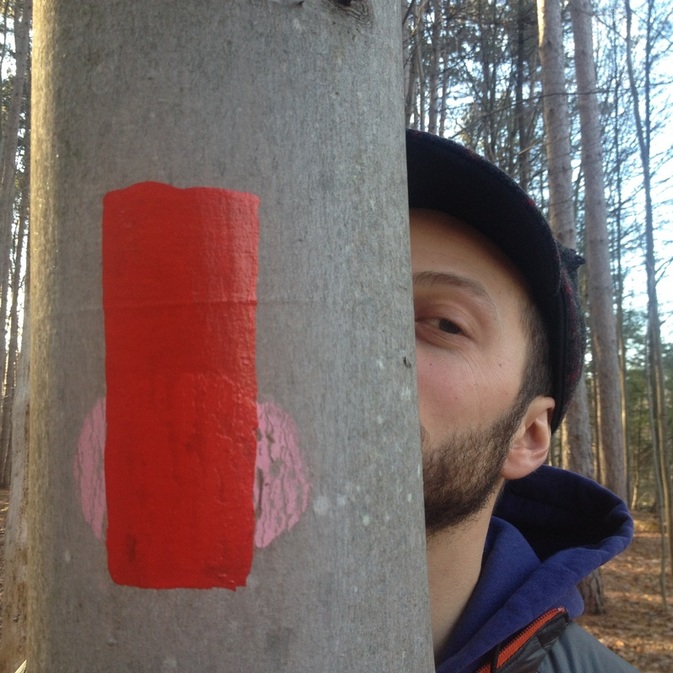
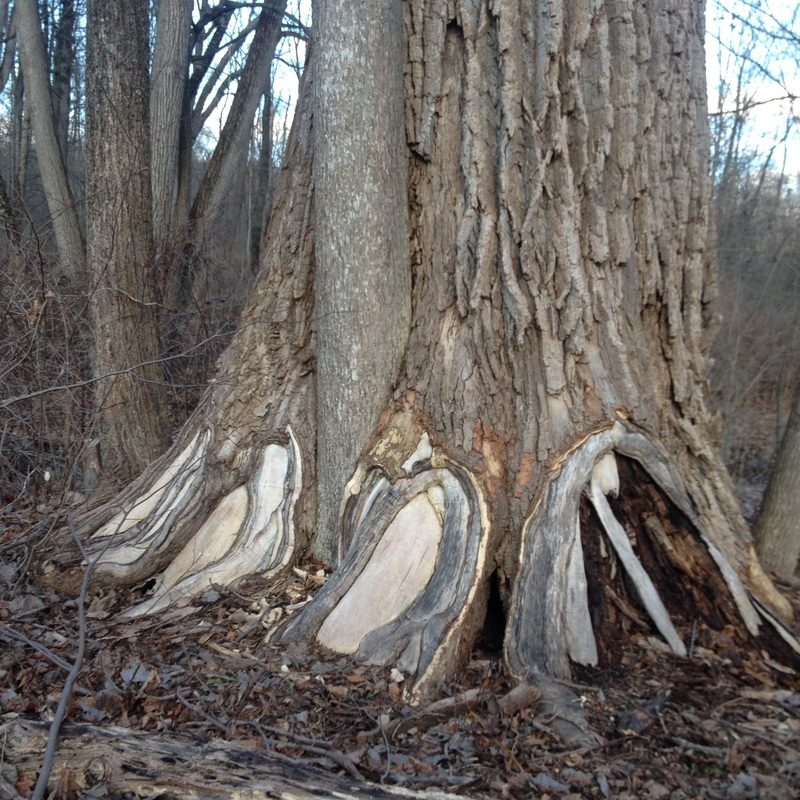

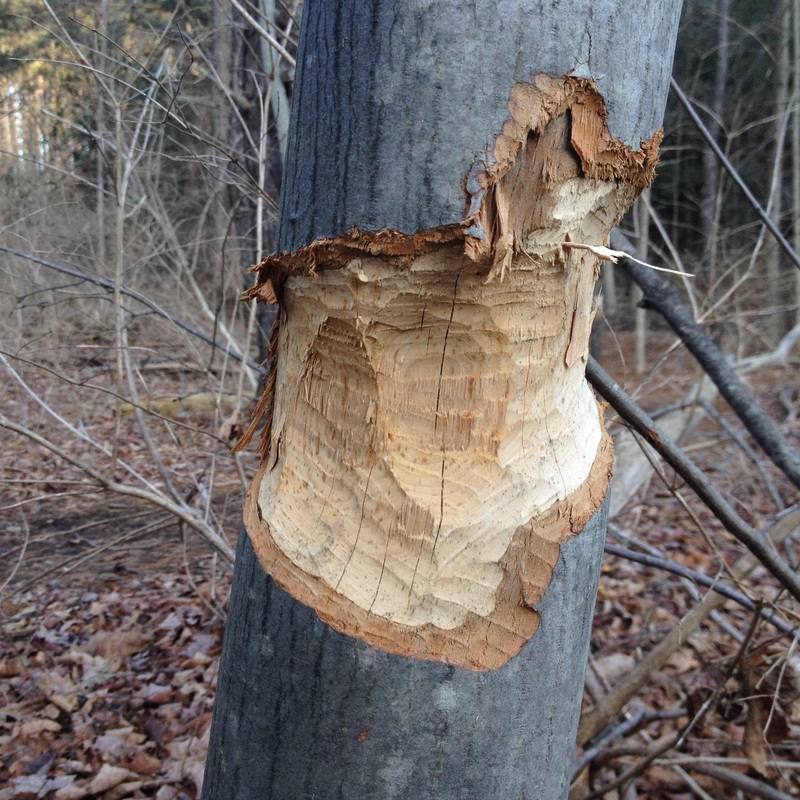
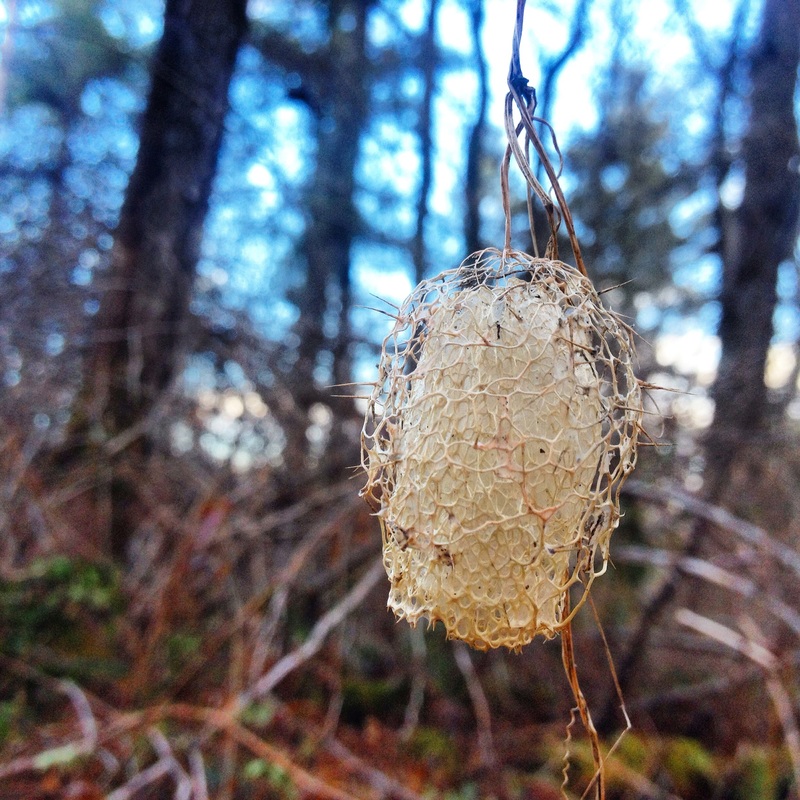


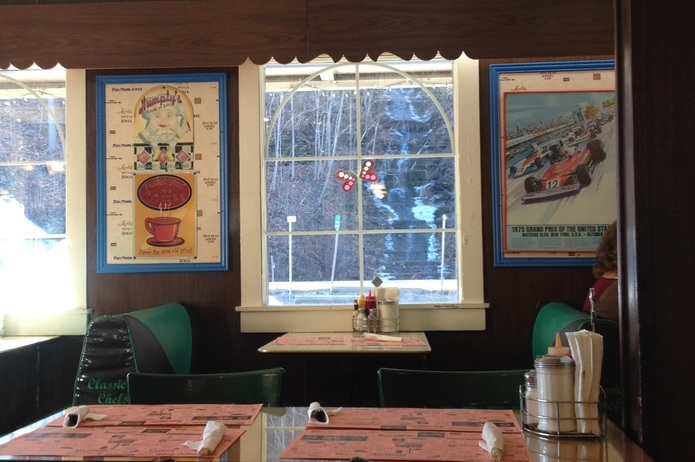
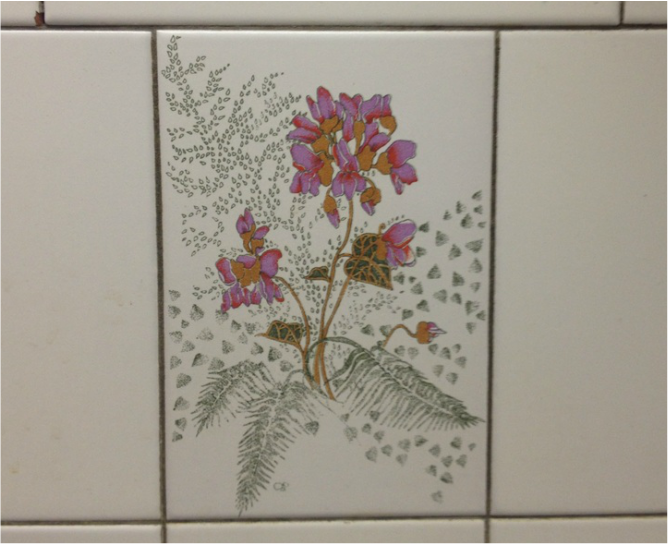

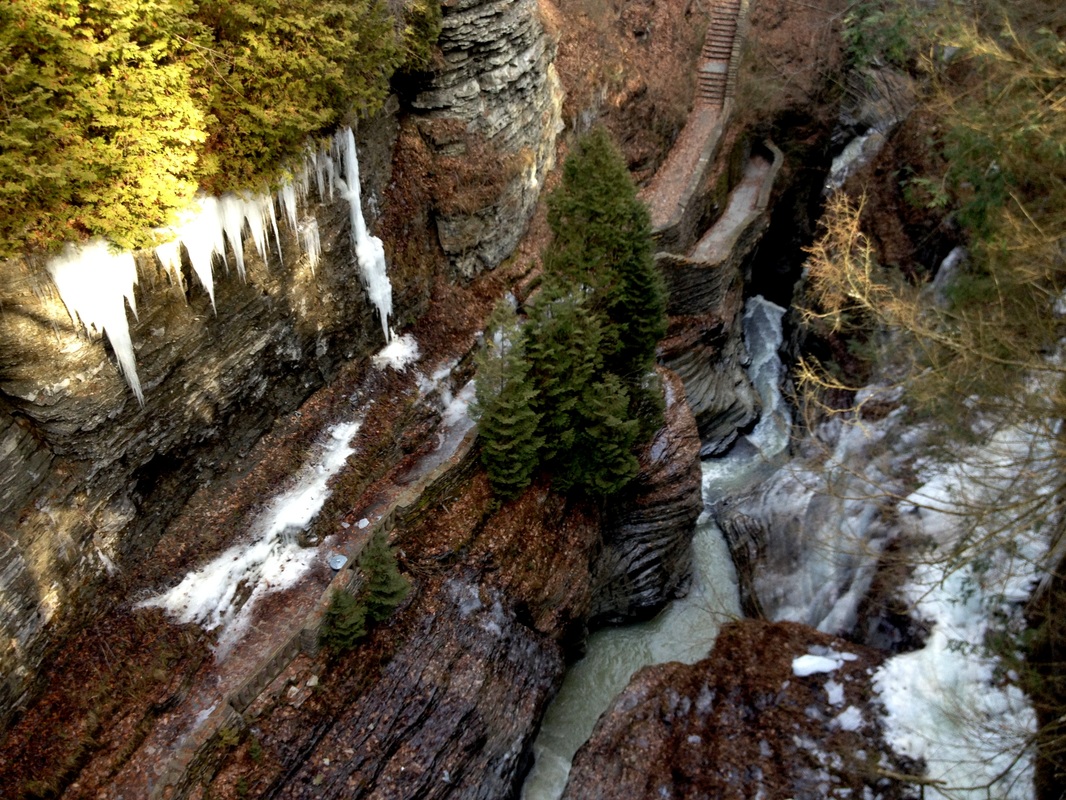




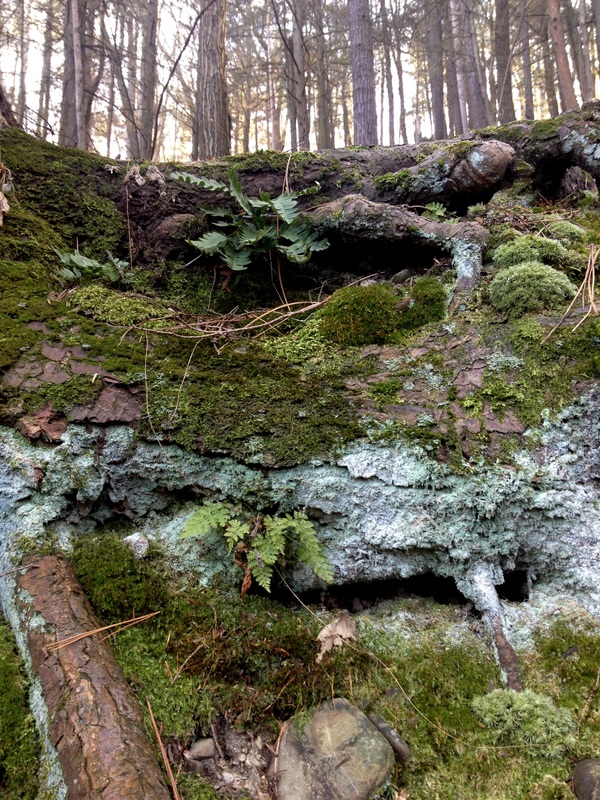



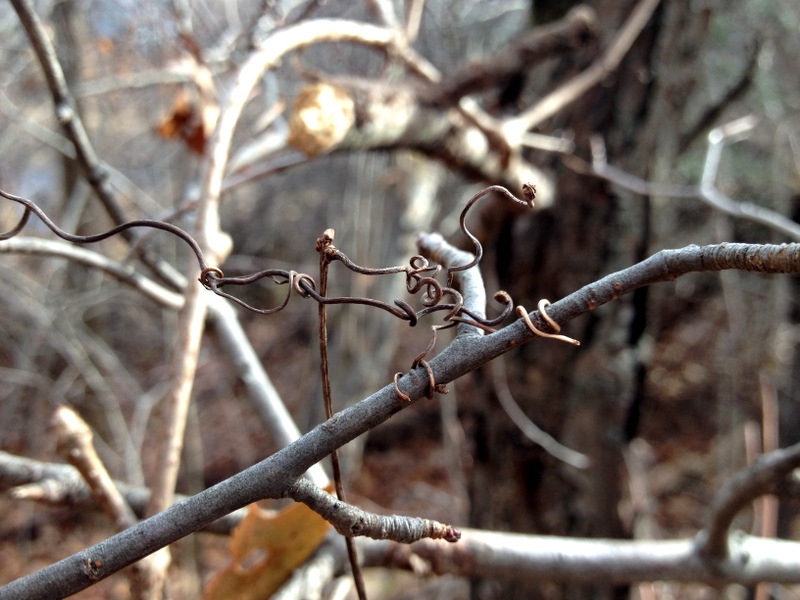
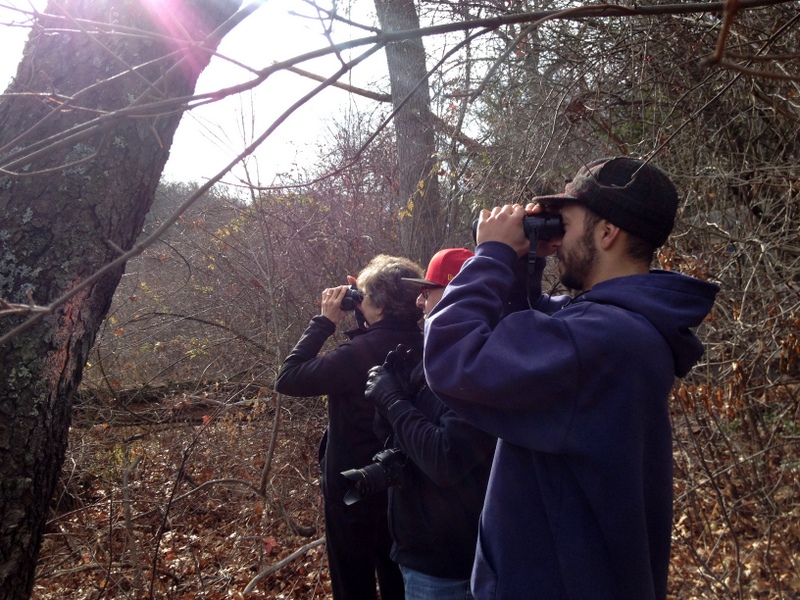

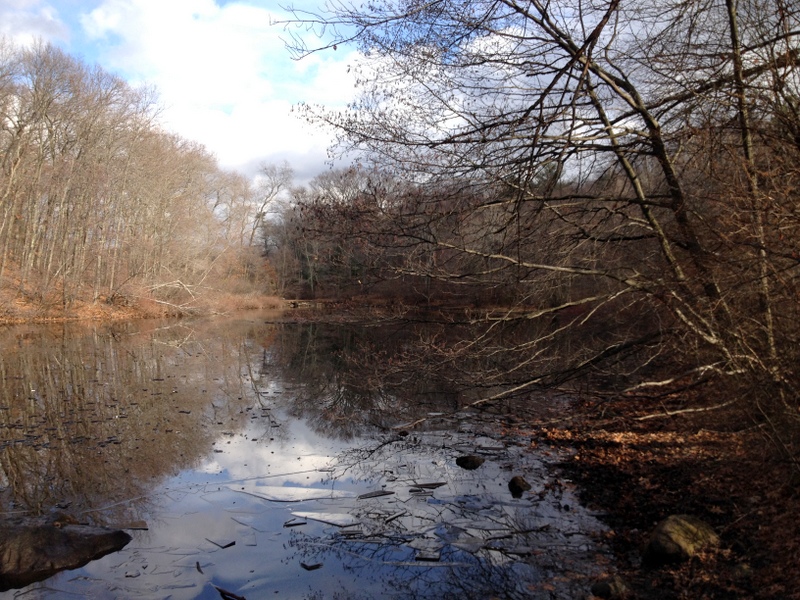


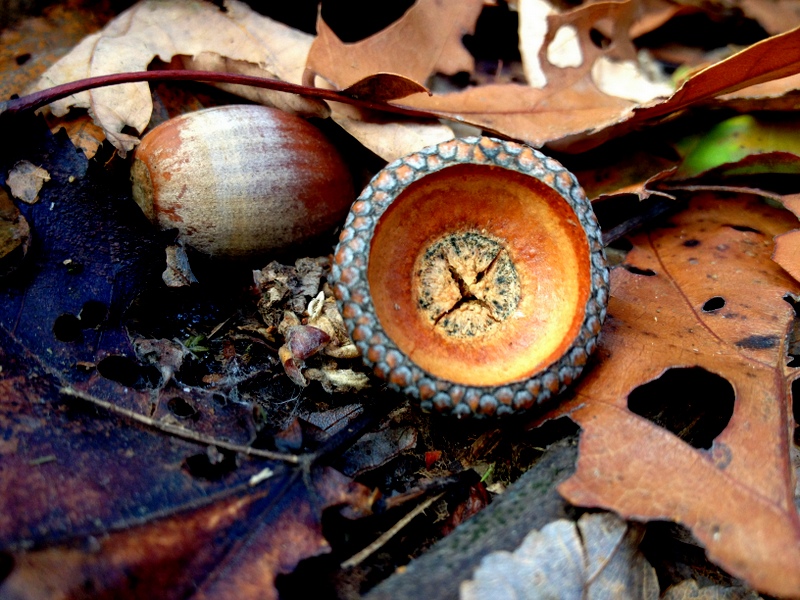
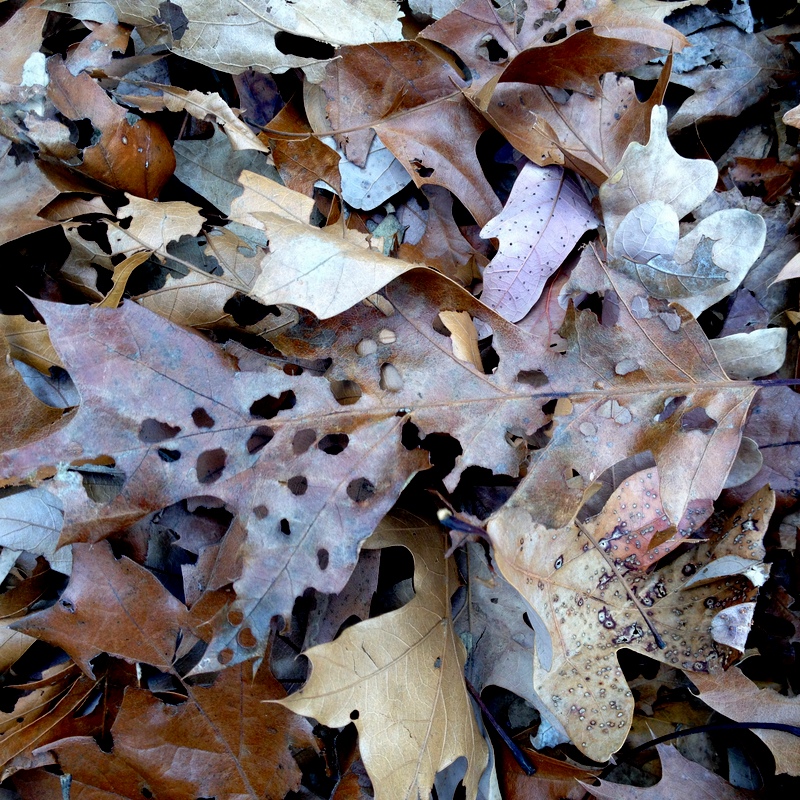
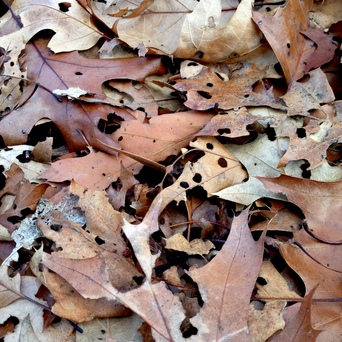


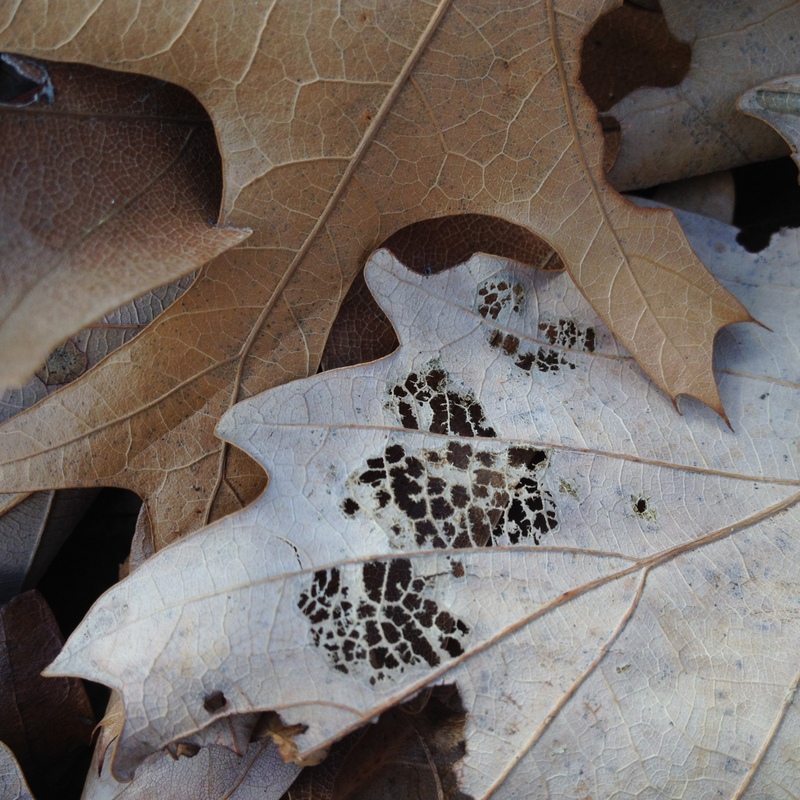

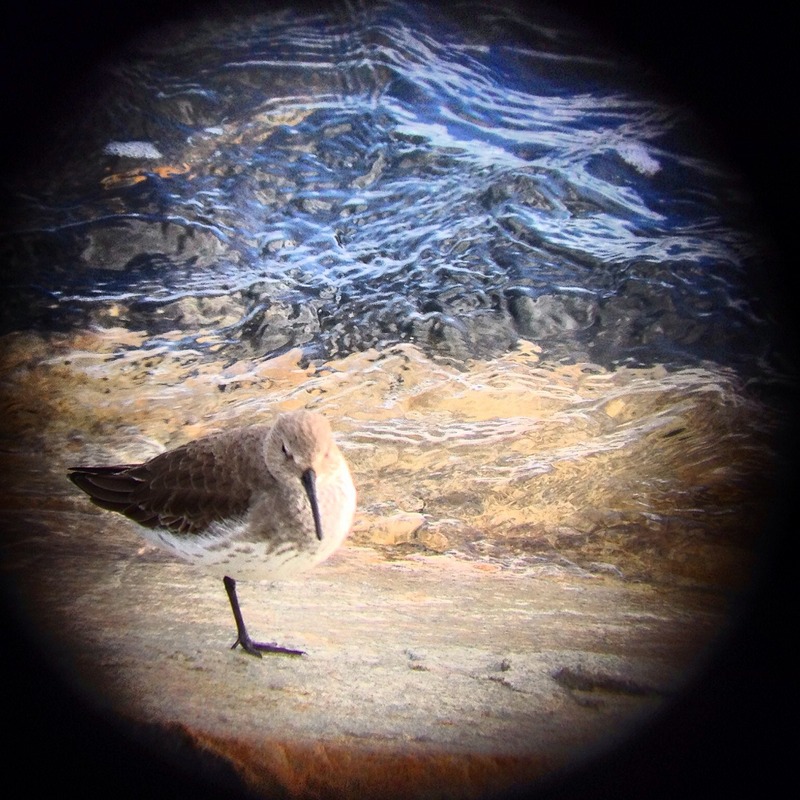

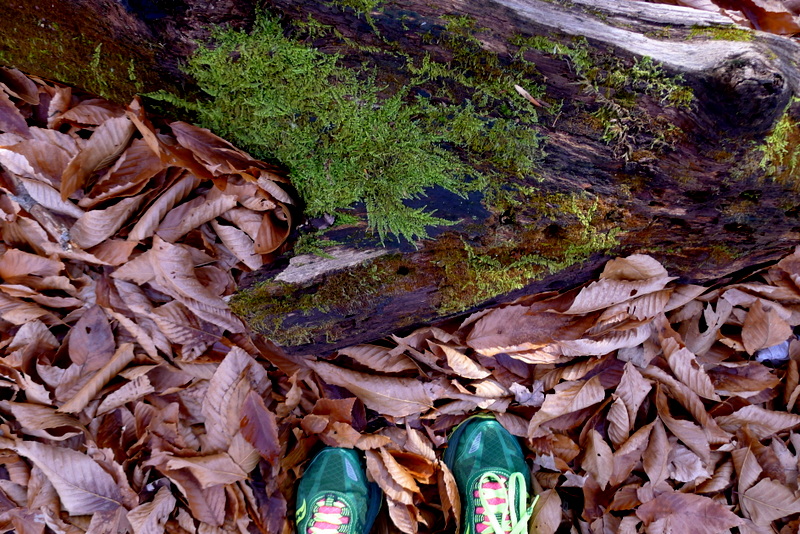
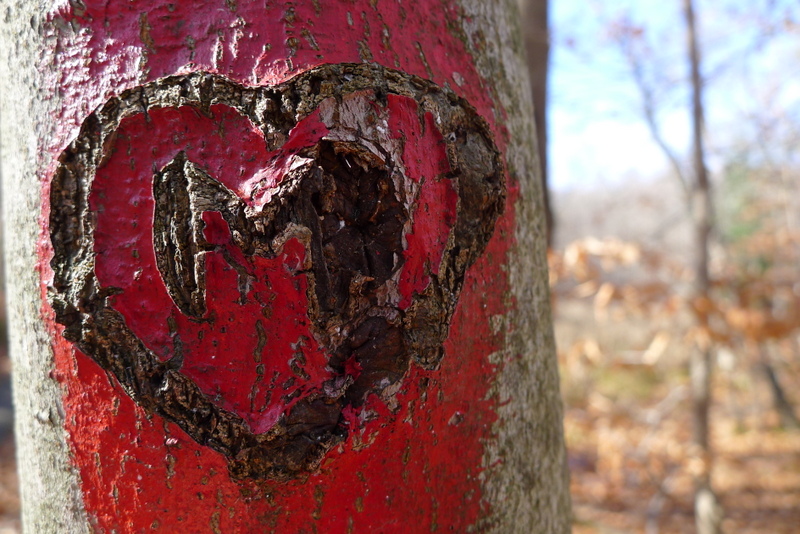

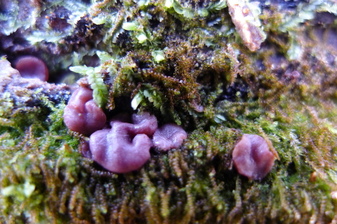
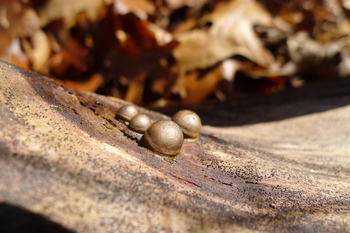











 RSS Feed
RSS Feed
